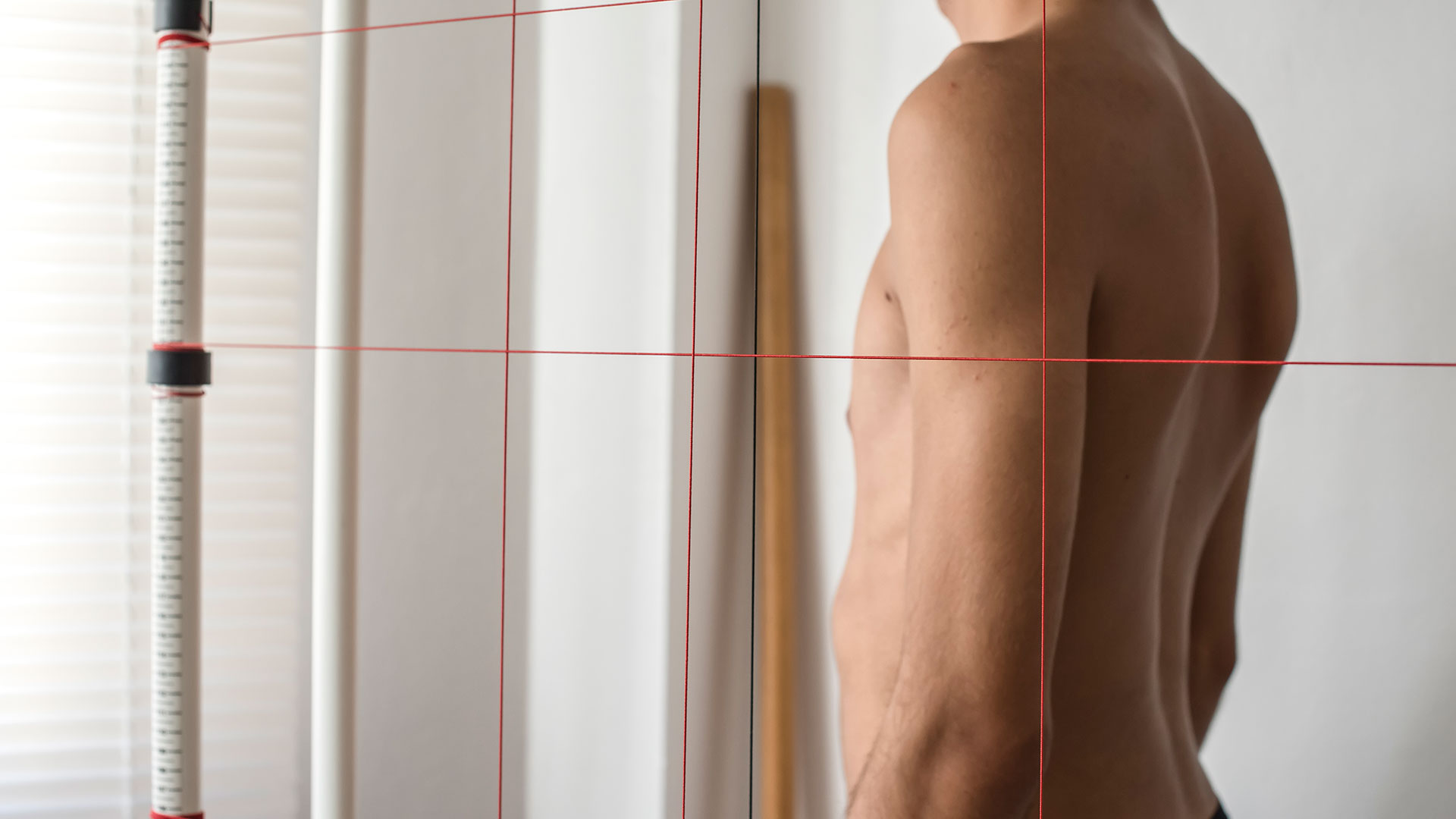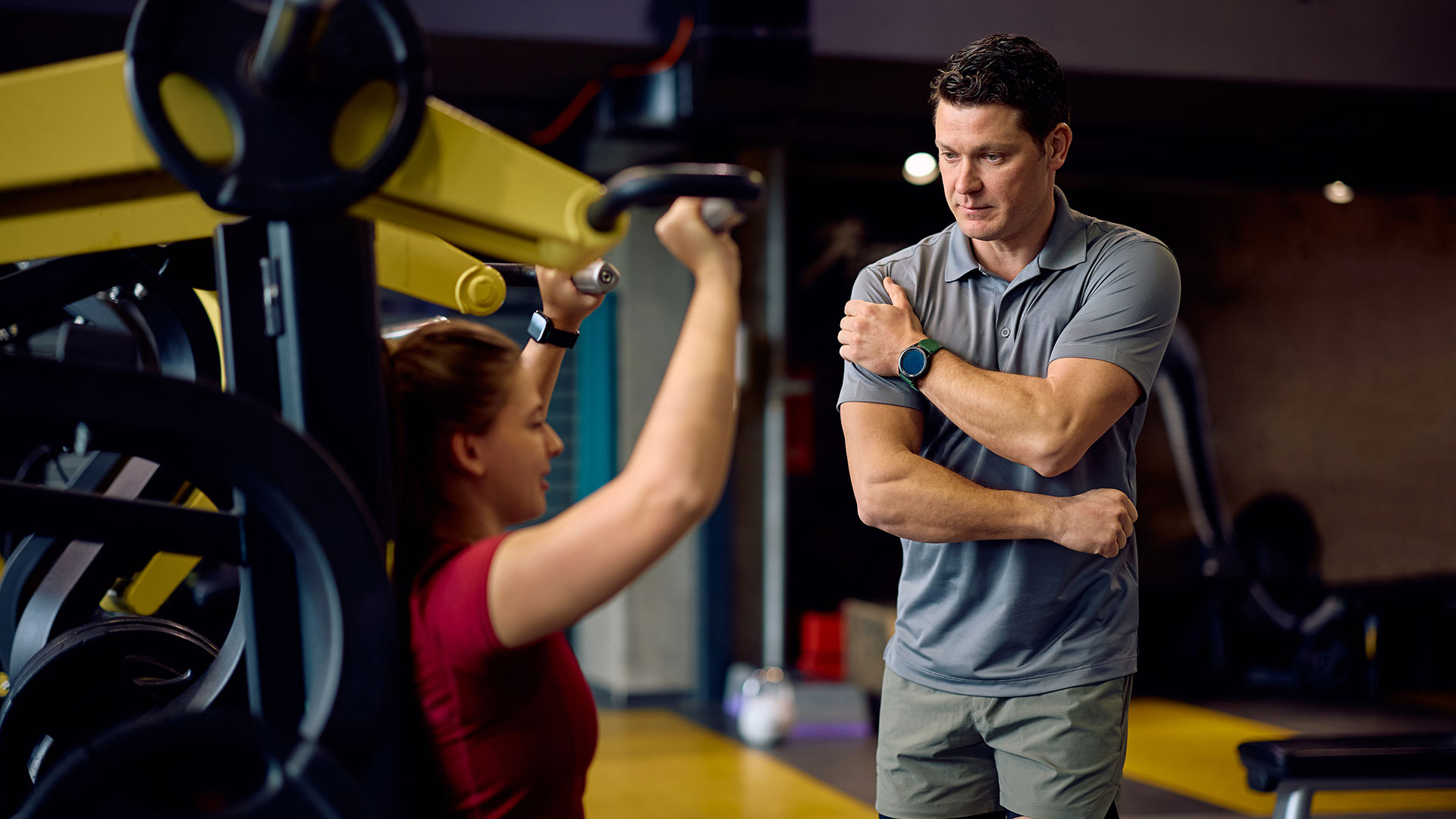As a professional fitness instructor with a background in exercise science and body anatomy, I often hear this question from beginners:
“Should I start working out at home, or should I join a gym?”
It’s a valid question, and the answer is not the same for everyone. Both home fitness and gym fitness can help you improve strength, endurance, flexibility, and even mental health. The real difference lies in environment, resources, cost, and motivation.
Let’s break it down scientifically and practically so you can make the choice that suits your body, lifestyle, and goals.
What is Home Fitness?
Definition:
Home fitness means exercising in your own space, whether that’s your living room, garage, or backyard. You can train with no equipment at all (bodyweight exercises like push-ups, squats, planks) or use affordable tools like resistance bands, dumbbells, or a yoga mat.
Examples of Home Fitness Workouts:
-
Bodyweight circuits: squats, push-ups, lunges, planks.
-
HIIT (High Intensity Interval Training) routines guided by apps or YouTube.
-
Resistance band training for muscle endurance.
-
Yoga or Pilates for flexibility and balance.
Research Insight:
Studies during the COVID-19 lockdown showed that home workouts significantly reduced stress and improved physical fitness when performed consistently. One study from Frontiers in Psychology (2020) found that people who maintained home exercise routines reported higher energy levels and lower anxiety compared to those who stopped exercising altogether.
Key Benefits of Home Fitness:
-
Flexibility: You can work out anytime without commuting.
-
Privacy: No pressure of others watching you.
-
Cost-effective: No monthly membership fees; minimal equipment required.
Limitations:
-
Limited access to heavy weights and advanced machines.
-
Requires more self-discipline.
-
Lack of external motivation (no coach or gym buddies).
What is Gym Fitness?
Definition:
Gym fitness refers to structured exercise in a professional facility, where you have access to specialized equipment, trainers, and sometimes group classes.
Examples of Gym Workouts:
-
Weight training using barbells, machines, and dumbbells.
-
Cardio workouts on treadmills, bikes, or stair climbers.
-
Group classes like spinning, Zumba, or strength bootcamps.
-
Functional training areas with kettlebells, sleds, and medicine balls.
Research Insight:
A 2019 study in the Journal of Behavioral Medicine showed that people who exercised in gyms were more likely to engage in strength training compared to those who trained at home. Strength training is critical for bone density, muscle growth, and metabolic health.
Key Benefits of Gym Fitness:
-
Equipment variety: From light dumbbells to heavy barbells and advanced cardio machines.
-
Social environment: Exercising with others can boost motivation.
-
Professional support: Trainers and staff can guide you to avoid injuries.
Limitations:
-
Requires commuting and schedule planning.
-
Membership costs.
-
May feel intimidating for beginners at first.
Key Differences Between Home Fitness and Gym Fitness
Let’s look at a clear comparison:
| Factor | Home Fitness | Gym Fitness |
|---|---|---|
| Convenience | Very high, train anytime at home | Moderate, requires travel |
| Cost | Low, little to no equipment needed | Medium to high, membership fees |
| Equipment Variety | Limited, mostly bodyweight or light gear | Extensive , machines, free weights, specialty equipment |
| Motivation | Self-driven, requires discipline | Boosted by environment, trainers, and peers |
| Privacy | High, you’re alone | Low, shared space |
| Progress Tracking | Apps, self-monitoring | Trainers, advanced machines, structured programs |
Example:
-
If your goal is to lose 5-10 pounds and improve general fitness, a structured home program with HIIT and resistance bands can be enough.
-
If your goal is to build muscle mass or train for strength, the gym offers the heavier equipment and progressive overload you need.
What the Research Says: Effectiveness of Both
When it comes to results, both home and gym fitness can be equally effective if the program is well-structured and followed consistently. What matters more than location is progressive overload, exercise variety, and adherence.
Key Research Findings:
-
Strength and muscle growth: A study in the Journal of Sports Science & Medicine (2017) found that bodyweight training can significantly improve strength and muscle endurance, especially for beginners. However, for advanced strength gains, access to progressively heavier resistance (like in a gym) is more effective.
-
Weight management: Research in Obesity Reviews (2020) highlighted that both home-based and gym-based exercise programs reduce body fat when combined with proper nutrition.
-
Mental health benefits: The American Journal of Lifestyle Medicine (2019) showed that both home and gym workouts improve mood, reduce anxiety, and enhance overall well-being. Interestingly, people in group classes at gyms often reported higher motivation levels.
Takeaway: Both home and gym training work. The deciding factor isn’t science it’s your ability to stay consistent and motivated in the environment you choose.
Which Option is Best for Beginners?
If you’re new to fitness, the “best” option depends on a few personal factors:
-
Your Goal:
-
Weight loss or general fitness → Home workouts are enough to get started.
-
Muscle building and strength → Gym offers more progression and equipment variety.
-
-
Your Budget:
-
Tight budget → Start with home workouts using bodyweight and resistance bands.
-
Flexible budget → A gym membership gives you more resources and professional help.
-
-
Your Motivation Style:
-
Independent/self-disciplined → Home fitness works if you’re consistent.
-
Need accountability → Gym provides a community and trainers.
-
-
Your Lifestyle:
-
Busy schedule → Home fitness saves time, no commute.
-
Social and structured → Gym gives you routine and a motivating environment.
-
Example:
Imagine Sarah, a beginner who works from home. She feels shy about exercising in front of others. For her, starting with home HIIT and yoga sessions three times per week makes sense.
Now consider John, who wants to build muscle and enjoys being around people. For him, the gym’s weightlifting area and group classes will keep him more engaged.
Practical Tips for Getting Started
Whether you choose home or gym fitness, the first step is the same: start simple and stay consistent.
Tips for Home Fitness:
-
Begin with 3 sessions per week (20-30 minutes).
-
Focus on compound bodyweight moves: push-ups, squats, lunges, planks.
-
Use resistance bands or dumbbells for added challenge.
-
Follow a structured online program or app to avoid guesswork.
Tips for Gym Fitness:
-
Start with an orientation or a beginner session with a trainer.
-
Use full-body workouts 2-3 times per week (machines are safe for beginners).
-
Learn proper form before lifting heavy weights.
-
Mix cardio (bike, treadmill) with resistance training.
Universal Tips:
-
Warm up for 5-10 minutes before each session.
-
Aim for gradual progression: increase reps, sets, or resistance over time.
-
Track your workouts in a notebook or app.
-
Pair exercise with proper nutrition and sleep.
Conclusion
Both home fitness and gym fitness can transform your health, body, and mindset. The main difference lies in your environment, resources, and motivation style.
-
If you want privacy, convenience, and low cost → start with home fitness.
-
If you want equipment variety, social support, and structured progression → the gym is your place.
The truth is, you don’t have to choose forever. Many people combine both: home workouts during busy weekdays and gym sessions on weekends.
What matters most is not where you exercise but that you move consistently, challenge your body, and enjoy the process. That’s the real secret to long-term fitness success.



